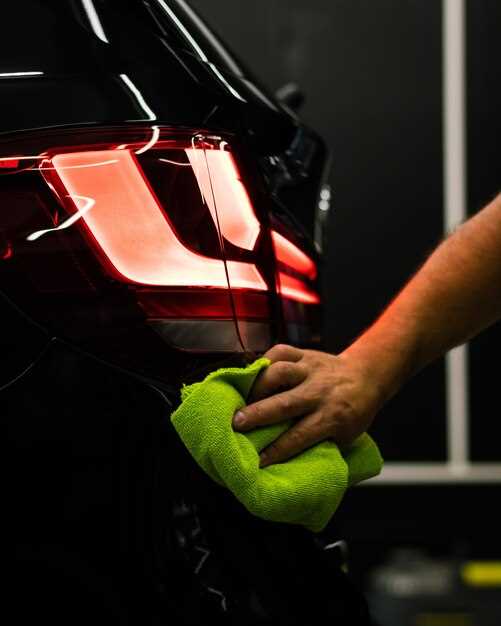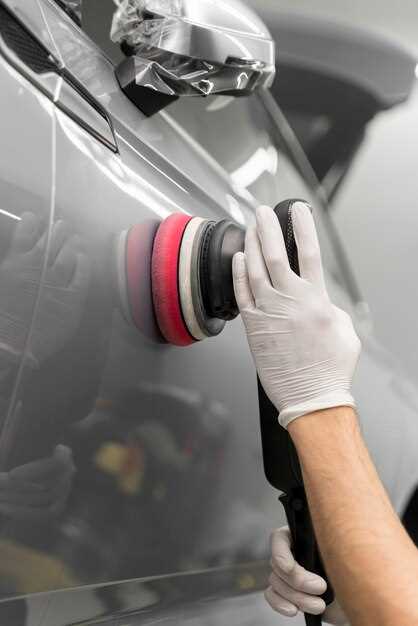Everything You Need to Know About Car Waxing

Maintaining the appearance of your vehicle goes beyond regular washing; it involves protective measures that enhance both beauty and longevity. Waxing is one of the most effective ways to achieve this, providing a glossy finish while shielding your car’s paint from environmental damage. This comprehensive guide will explore various waxing techniques, as well as the numerous benefits derived from this crucial aspect of car care.
Understanding the types of waxing products available–synthetic, carnauba, and hybrid formulations–allows vehicle owners to make informed decisions tailored to their specific needs. Each type of wax boasts unique properties that cater to different climates and user preferences. In this guide, we’ll break down these options, guiding you through the selection process for a better, more durable finish.
In addition to detailing methods, we’ll highlight the long-term advantages of regular waxing. These benefits include enhanced paint protection, better water beading, and an overall improved resale value. By investing time in learning proper waxing techniques, you can ensure that your car remains not only visually appealing but also well-protected against the elements.
Choosing the Right Wax for Your Vehicle Type
Selecting the appropriate wax for your vehicle is crucial for achieving optimal protection and shine. Different types of vehicles have unique needs based on factors like paint type, condition, and usage. Understanding these factors can help you make an informed decision.
For compact cars and sedans, a lighter, synthetic polymer wax is generally recommended. These waxes are easy to apply and provide a durable, glossy finish. They can help enhance the paint’s depth and clarity, making your vehicle look newer. If your car’s surface is in excellent condition, a polish might be beneficial before waxing to achieve a flawless shine.
For larger vehicles like SUVs and trucks, a more robust carnauba wax can offer added protection. Carnauba wax is known for its high melting point, making it ideal for vehicles exposed to harsher conditions. It creates a thick barrier against UV rays, dirt, and moisture, ensuring that the paint remains protected over time. A polish can also be used in this case to smooth out any surface imperfections before applying the wax.
Sports cars or luxury vehicles require special consideration due to their often delicate and sophisticated paint finishes. In these cases, a premium wax designed specifically for high-end models is advisable. Look for a product that delivers superior gloss and is easy to buff off, ensuring that the unique characteristics of the paint are preserved. Using a polish beforehand can enhance the final result, making the car’s contours more dramatic.
For vehicles that experience frequent environmental challenges, such as off-road vehicles, a specialized wax that offers intense protection is essential. Products formulated for extreme conditions provide superior adhesion and durability. Applying a dual-stage process with a polish followed by a robust wax protects the surface when tackling rugged terrain.
When choosing wax, also consider the geographical location and climate. Certain waxes perform better in specific weather conditions, so select one that accommodates your area’s environmental challenges. Always follow the manufacturer’s recommendations and apply wax in accordance with their guidelines to maximize protection and shine.
Step-by-Step Process of Applying Car Wax Like a Pro

Applying car wax is an essential step in maintaining your vehicle’s appearance and protecting its paint. Follow these steps to achieve a professional finish.
Step 1: Gather Your Supplies
Before starting, ensure you have everything you need: quality car wax, a polishing compound, microfiber towels, and applicator pads. Consider using a clay bar for surface preparation if your paint is contaminated.
Step 2: Wash Your Car
Start with a thorough wash of your vehicle to remove dirt and grime. Use a pH-neutral car shampoo and a soft sponge or mitt. Rinse well and dry with a clean microfiber towel to avoid water spots.
Step 3: Prepare the Surface
If necessary, use a clay bar to eliminate embedded contaminants. This step ensures the surface is smooth, enhancing the effectiveness of the wax application. After claying, rinse and dry the car again.
Step 4: Polish the Paint
If your paint has scratches or swirl marks, apply a polish to restore its shine. Use a dual-action polisher for best results, applying the polish in small sections and buffing it out until the paint appears glossy.
Step 5: Apply the Wax
Using an applicator pad, scoop a small amount of wax and apply it to the surface in circular motions. Start with one section at a time to maintain control. Ensure an even application without overloading the pad to avoid wastage.
Step 6: Let the Wax Set
Allow the wax to dry according to the manufacturer’s instructions. Typically, this takes around 10 to 15 minutes. The wax will form a haze on the surface, indicating it is ready to be buffed off.
Step 7: Buff Off the Wax
Using a clean microfiber towel, gently buff the hazy areas in a back-and-forth motion. This process will enhance the shine and reveal the depth of the color. Ensure that no wax residue remains on any part of the vehicle.
Step 8: Final Touches
Inspect the car for any missed spots or excess wax. Use a soft towel to correct any areas that need additional buffing. Optionally, apply a second coat of wax for added protection after the first one cures completely.
By following these steps, you can apply car wax like a professional, ensuring your vehicle stays protected and looks its best.
Understanding the Differences Between Waxing and Polishing

Waxing and polishing are two essential processes in car care, but they serve different purposes and achieve distinct results. Understanding these differences is crucial for maintaining your vehicle’s appearance and protecting its paint.
Waxing is primarily a protective measure. It involves applying a thin layer of wax to the car’s surface, which acts as a barrier against environmental elements such as UV rays, dirt, and moisture. The wax enhances the car’s shine and provides a hydrophobic effect, making it easier to clean. Waxing is best suited for maintaining existing paint quality and enhancing gloss. The frequency of waxing depends on the type of wax used, but it is generally recommended every few months for optimal protection.
On the other hand, polishing is a corrective process aimed at improving the paint’s surface. It involves using a polish that contains abrasives to remove a thin layer of clear coat from the paint. This helps to eliminate surface imperfections, such as scratches, swirls, and oxidation. Polishing rejuvenates the paint’s clarity and depth, making it look almost new again. However, this process should be done less frequently than waxing, typically once or twice a year, as it removes some protective clear coat along with imperfections.
In summary, waxing provides a protective layer to enhance and maintain shine, while polishing works on correcting surface defects and improving clarity. For optimal results, both processes should be incorporated into a regular car care routine, ensuring that the vehicle not only looks great but is also shielded from potential damage.

